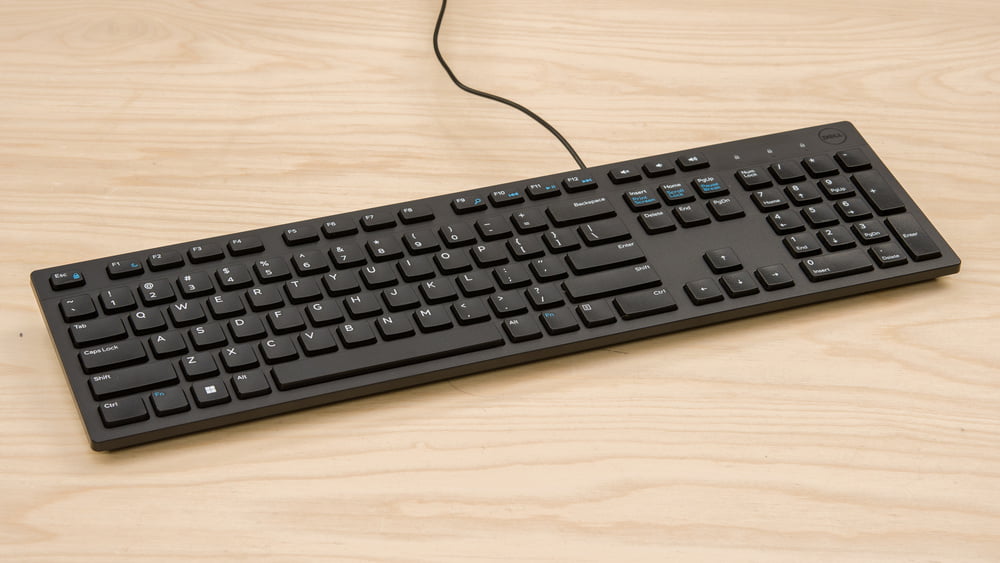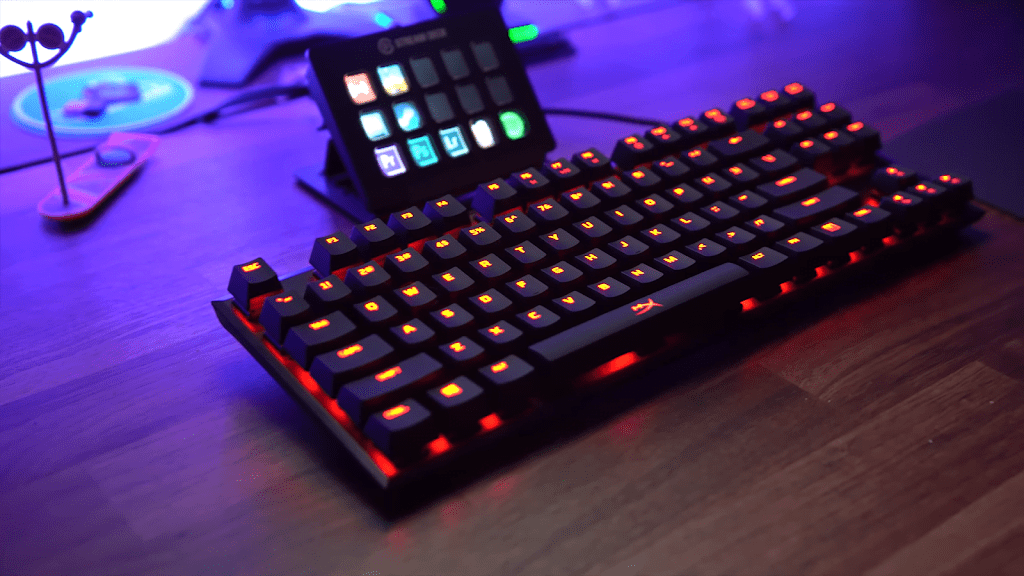Introduction
In the world of computer peripherals, keyboards play an important role in interacting with digital devices. While many people concentrate on the tactile feel and sound of different keyboards, the fundamental technological principles that control their operation are sometimes forgotten. This tutorial goes into the electronic workings of membrane and mechanical keyboards, providing insights that go beyond surface-level comparisons.
The Electronics Behind Keyboard Types
At their core, all keyboards are input devices that translate physical key presses into electronic signals. However, the method by which this translation occurs varies significantly between membrane and mechanical keyboards, influencing their performance, durability, and user experience.
Membrane Keyboards: Circuitry and Functionality

Membrane keyboards utilize a layered design of flexible membranes with conductive traces printed on them. Here’s a breakdown of their electronic components:
- Top membrane layer: Contains conductive traces for rows.
- Spacer layer: Separates the top and bottom layers, with holes at key positions.
- Bottom membrane layer: Contains conductive traces for columns.
- Rubber dome sheet: Provides tactile feedback and return force.
When a key is pressed, the rubber dome collapses, pushing the top membrane through the spacer to contact the bottom membrane. This completes a circuit at the intersection of a row and column trace, sending a signal to the keyboard’s microcontroller.
The simplicity of this design allows for extreme thinness and flexibility. Some advanced membrane keyboards now incorporate capacitive sensing technology, eliminating the need for physical contact and potentially increasing lifespan.
Mechanical Keyboards: Switches and Signals

Mechanical keyboards employ individual switches for each key, resulting in a more complex but precisely controllable input mechanism. Key components include:
- Switch housing: Contains the moving parts of the switch.
- Spring: Provides resistance and return force.
- Stem: The moving part that is pressed down.
- Metal contacts: Complete the circuit when the key is pressed.
When a key is actuated, the stem moves down, causing the metal contacts to touch and complete a circuit. This sends a signal to the keyboard’s microcontroller, which then transmits the keypress information to the computer. We actually explained how a mechanical keyboard works in terms of identifying the key pressed.
Some high-end mechanical keyboards now incorporate Hall effect sensors, which use magnetic fields to detect key presses without physical contact, potentially offering near-infinite durability.
Comparative Analysis: Electronic Perspectives
| Aspect | Membrane Keyboards | Mechanical Keyboards |
|---|---|---|
| Circuit Complexity | Simpler, printed circuits | More complex, individual switch circuits |
| Signal Clarity | Can be prone to “ghosting” | Clearer signals, N-key rollover possible |
| Power Consumption | Generally lower | Slightly higher due to individual switches |
| EMI Generation | Lower | Higher, may require additional shielding |
| Repairability | Difficult to repair individual keys | Easy to replace individual switches |
Impact on Computing Performance
The electronic differences between membrane and mechanical keyboards can have subtle but meaningful impacts on computing performance:
- Input Lag: Mechanical keyboards generally have lower input lag due to their direct switching mechanism.
- Polling Rate: High-end mechanical keyboards often support higher polling rates, reducing latency in demanding applications.
- Key Rollover: The individual switch design of mechanical keyboards allows for better N-key rollover, beneficial for complex keyboard shortcuts and gaming.
Future Trends in Keyboard Technology
As electronics continue to evolve, we’re seeing exciting developments in keyboard technology:
- Optical Switches: Using light to detect key presses, potentially offering even faster response times.
- Adaptive Actuation: Keyboards that can change their actuation point electronically, adapting to different use cases.
- Improved Membrane Tech: Advancements in flexible electronics may lead to more durable and responsive membrane keyboards.
FAQs
Are there any electronic advantages to membrane keyboards?
Membrane keyboards are generally more resistant to dust and liquids due to their sealed design, which can protect the internal circuitry better than most mechanical keyboards.
How do split ergonomic keyboards handle their electronics differently?
Split keyboards often require more complex circuitry to manage the separate halves, sometimes incorporating additional microcontrollers or using serial communication between the halves.
Conclusion
While the physical feel frequently dominates talks about keyboards, understanding the basic principles underlying various keyboard types may give significant insights for tech enthusiasts, IT experts, and anybody looking to optimize their computer configuration. As technology advances, we should expect additional advancements in keyboard electronics, further blurring the distinction between these two venerable input device types.


1 comment